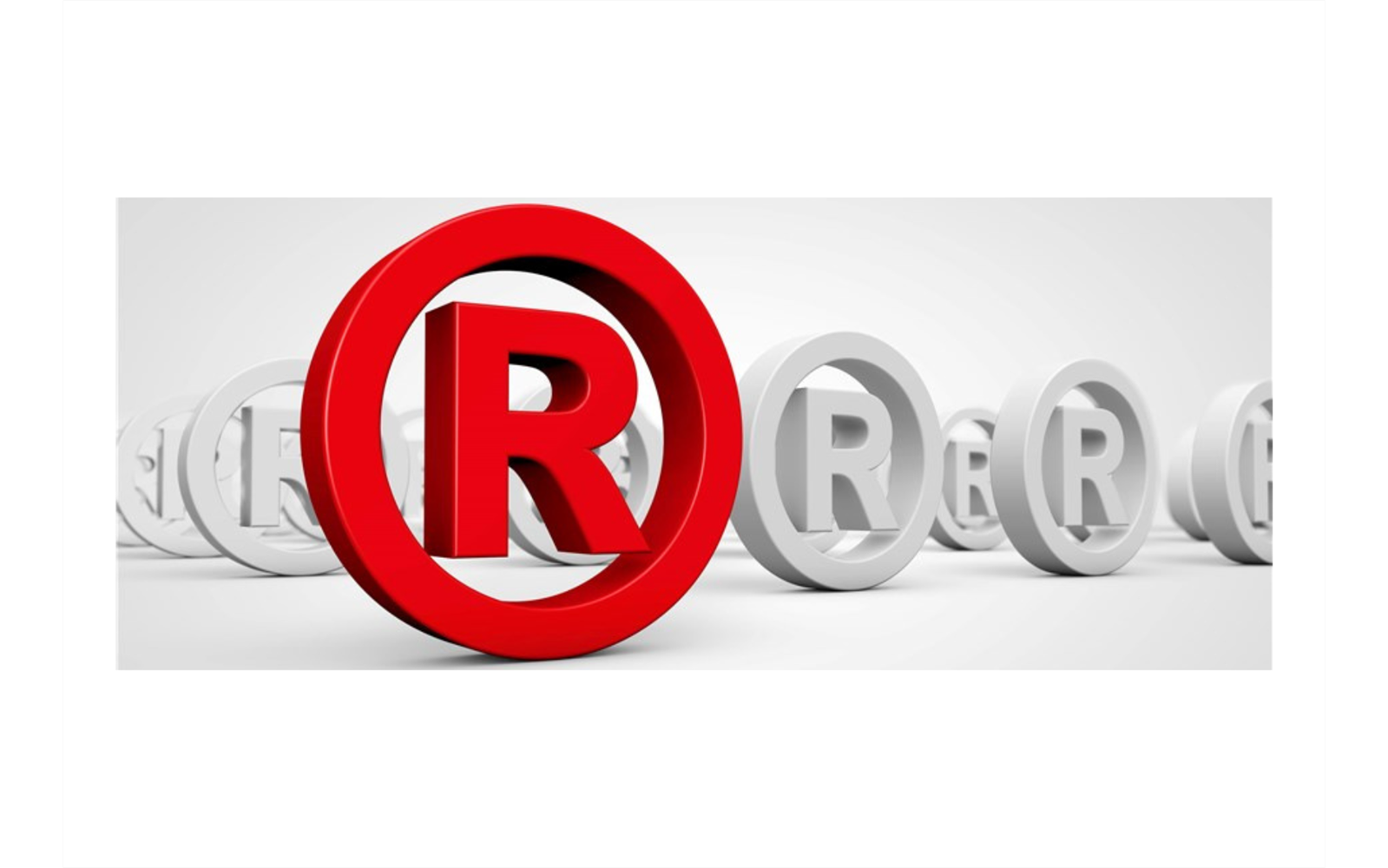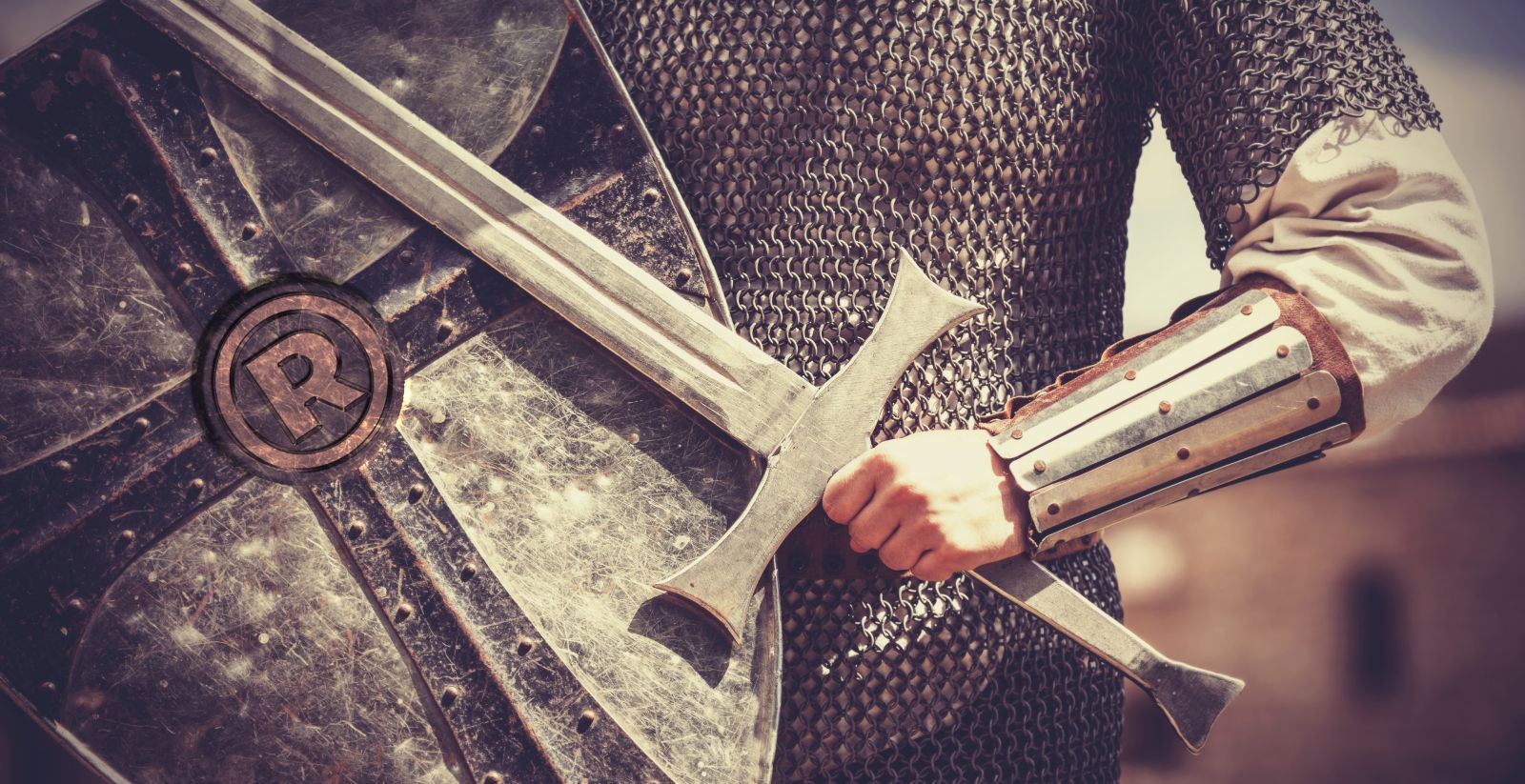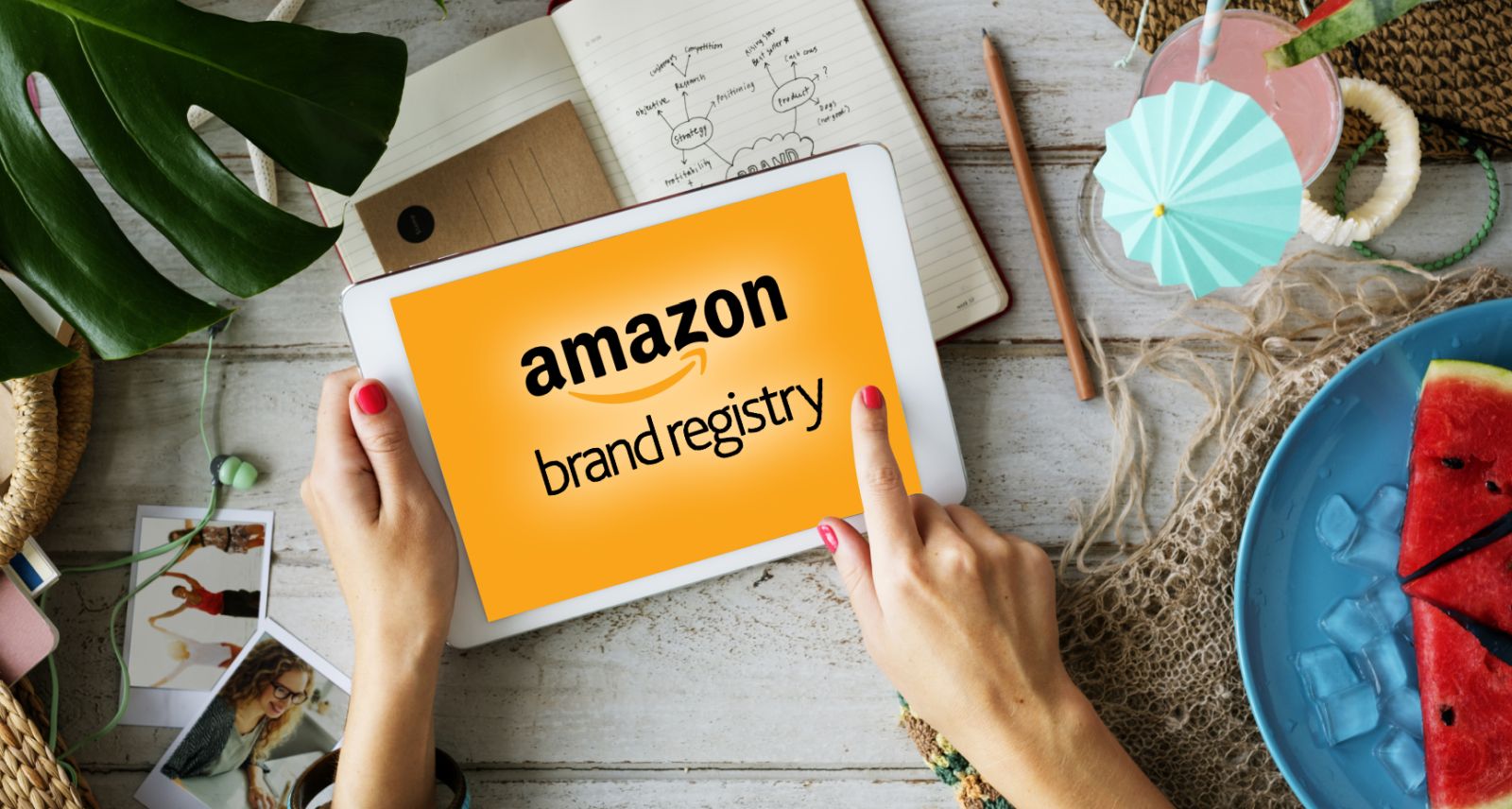Spis treści
- • How to check if a name is able to registration?
- • Where to check if a trade name is registered?
- • National Trademark Search Engine (UPRP)
- • European Union Trademark Search Engine (EUIPO)
- • International Trademark Search Engine (WIPO)
- • Checking the availability of a company name – the most common mistake
- • How to assess if trademarks are similar?
- • Does 50% of the same letters in the name mean a collision?
- • Does an identical logo mean a collision?
- • When will the Patent Office refuse to register a name and logo?
- • How to check if a name can be reserved?
- • It’s easier to reserve a logo than a company name
- • Free verification of the company name and logo
- • How to check if a name is reserved? Summary
How to check if a name is able to registration?
A company’s name and logo are protected by registering a trademark with the Patent Office. Although the law does not force anyone to do so, many companies opt for such formal protection. You can read about what convinces them to do so in the article:

After going through the entire procedure, the Patent Office issues a registration certificate in which you will be listed as the sole owner of the property rights listed in patent and trademark database.
Everything will also be noted in the appropriate register at the trademark office. It is there that anyone can verify whether their trademark is free and whether anyone has previously registered a similar sign.
From the moment of registration, a competitor who enters the same name will infringe upon your rights. Forcing them to change it will be relatively easy, in the litigation procedure, as you can easily prove your legal monopoly by showing the certificate.
You thereby reverse the burden of proof. Now the opponent must prove why they could legally use your name. I described the registration process here:
- How to register a trademark? 7 stages of the procedure
Where to check if a trade name is registered?
Access to patent office online search is free. In most cases, you can browse them online. Such databases contain information about filed, registered, and expired trademarks. If you plan to develop your business in Poland, you should check your company name in three trademark databases.
Polish Trademark Search Engine (UPRP)
https://ewyszukiwarka.pue.uprp.gov.pl/
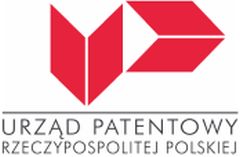
It is administered by the trademark specialists from the Polish Patent Office in Warsaw. It includes trademarks whose protection covers the territory of our country. However, you cannot limit your searches only to this register. The point is that Poland can also be covered by European Union and international trademarks.
European Union Trademark Search Engine (EUIPO)
https://euipo.europa.eu/eSearch/

This register is administered by the European Union Intellectual Property Office from Spain. As the name suggests, you will find there existing marks that cover all EU countries, including Poland.
International Trademark Search Engine (WIPO)
https://www3.wipo.int/branddb/en/

This database of registered trademarks is administered by the World Intellectual Property Organization based in Switzerland. The owner of a registered trademark can extend its protection to a selected bundle of countries around the world, including Poland.
Remember that as a patent attorney, I can analyze your brand from a legal perspective. Simply write to me about this.
Checking the availability of a company name – the most common mistake!
I recently had an interesting conversation. An entrepreneur was quite surprised when I told him that I charge for a full verification of a company name.
He said something like:
After all, it’s just 5 minutes of work for you.
He was not the first to believe that the examination is a simple and quick service.
But then it dawned on me where this misconception comes from. People approach the verification of a company name as they would when looking for a free internet domain. They spend a few minutes on it and if they find nothing which may conflict, they believe they can enter the market with that new mark.
This is a serious mistake, which can have catastrophic infringement issues for you!
After all, think about it. If registered trademarks were protected only for their exact match, then this protection would be illusory. It would mean that all kinds of knock-offs of the ADIDAS brand, like ADLDAS, ADONIS, or ADIDRES, do not infringe upon the law.
Important
If you want to check if your company name is free, do not limit yourself to checking for identical matches. Trademarks that are similar can also pose a collision. It’s a myth that just making 30% changes is enough to circumvent the law. Trademark search is essential.
How to assess whether trademarks are similar?
Unfortunately, the regulations do not include instructions on how to verify this similarity before pre-filing.
Certain collision rules have been developed over the past 20 years precisely by the courts. For example, one of these rules states that if a later mark includes the most imaginative element of an earlier mark, it may create the likelihood of confusion. Therefore, the following marks can be considered similar.
FENIX liquor store
vs
Feniks supermarket
When making a comparison, it is necessary to assess whether the marks are similar enough to mislead customers. It is not easy to determine this on your own.
And I will show you this with a few examples.
Is a similar meaning of marks already a violation of the law?
An interesting dispute between the Polish brand KAJMAN and LACOSTE has just ended. What do you think, were the following marks considered collidingly similar by the court?

Turns out they were!
The fact that both marks depict reptiles from the crocodile family was decisive.
NOTE! Lower fees for registering your company’s trademark!
Co-funding for the SME FUND trademark application. You can reduce the official fees for trademark registration by up to 75% thanks to EU grants. The program is aimed at SME sector companies, and its upper limit is 1000 EUR. Last year, 100% of the applications I submitted resulted in the granting of a grant. I will be happy to help you get such a grant. Just write to me via the form.
Does 50% of the same letters in the name mean a collision?
The fact that it is not so easy to assess the risk of misleading is shown by another dispute. I will ask you the same question. Would you consider the following marks similar when doing search the database?

In total, only the first part of these marks is the same. Eventually, after a 5-year dispute, the court found that both trademarks are collidingly similar. Therefore, it refused registration of marks for the COSIMO mark. Visual similarity was decisive.
In one of the earlier cases, the Court stated that
[…] two marks are similar to each other, among other things, when they are even partially perceived by the relevant circle of recipients as identical in terms of one or several aspects.
Judgment SPI of 23.10.2002 in case T 6/01 „Matratzen”, item 30
The Patent Office or court decides on similarity of potential trademark
I may be brutal, but if you are searching in official databases, it does not matter if you think the marks already registered are different. The only thing that counts is how your case will be interpreted by the Patent Office or the judge in a dispute.
Entering the market with your brand, attorney’s recommendation is that you must be sure that you will defend yourself if someone sues you.
If you do not want to make a mistake here, assign a legal analysis of your brand to a person who knows the current court rulings, i.e., a patent attorney.
In our patent office, I conduct such research several times a month. This is in addition to trademark disputes and legal advice. Believe me, these are always very complicated cases.
To prove my point, look at the following examples.
Does an identical logo mean that we have a collision?
What do you think, would the Patent Office consider these marks similar?

It turns out that in the light of trademark law, these markings… are dissimilar. Note that someone who needs a face gel will not buy a sweater by mistake. The fact that their graphics are identical doesn’t matter.
And what do you think would happen if the second mark was used to denote „massage services”?
Again, we have completely different classes here.

Now both marks… would be considered similar.
And this is because cosmetics are used for massage. So, we have a relationship between the product and the service which threatens confusion among customers. Thus, products and services from different classes can be similar in certain cases.
When will the Patent Office refuse to register a name and logo?
Let me now mess with your head even more. 🙂
You need to know that even if you don’t find identical or similar marks, the Patent Office can still refuse you protection for the chosen brand. This will happen if it finds that the name you want to protect is:
- descriptive (i.e., it straightforwardly indicates what you offer under it);
- generic (i.e., it has already entered common use);
- indistinctive (it does not allow you to stand out in the market).
Descriptive Trademarks
What do you think is offered under the name ButSklep.pl (shoeshop.pl)?
It seems obvious, doesn’t it? Shoes. 🙂
The Polish Patent Office agreed and thus, in 2019, it refused protection for this trademark. All well and good, but 11 years earlier, after the application process, it granted protection in an identical case.

This shows that the practice of experts changes over time.
So, even if a similar mark was protected in the past, you still can’t be sure if yours will be registered today. A patent attorney, who registers many trademarks, can help by providing insight into the current practice of the offices in relation to proposed mark.
Also, see
- Do I need to make two applications to protect my company’s name and logo?
- Does successful registration of a trademark confirm that I’m not breaking the law?
- What is the cost of registering a trademark?
Generic Trademarks
Generic names include, for example, 'krówki’ (little cows). Once it was a fanciful name, but it became so popular that it no longer associates with a specific producer. Therefore, if a brand becomes so popular that it becomes a synonym for a category of goods or services, it enters the public domain. On the other hand, the Patent Office should block any attempt to register such a term.
In this context, what do you think about the mark NOWOCZESNA STODOŁA (Modern Barn)?
The Polish Patent Office refused registration. It justified this by stating that it is a building designed on a barn plan for people. However, the EU Office (EUIPO) did not have such objections in an identical case and after trademark filing it registered the word version of the mark.

As you can see, although the regulations regarding use of the trademark are unified, the practice of offices may vary.
Non-Distinctive Trademarks (trademark registration)
The primary task of trademarks is to distinguish a particular product or service in the market share. A mark that does not allow for this is not a trademark at all. This includes the descriptive and generic marks mentioned above. However, there may be a situation where you can’t deduce what is offered under product name, yet it still can’t be protected. These are non-distinctive terms.
An example is the unsuccessful attempt to protect the domain names Okazje.pl. Incidentally, we conducted an extremely interesting dispute about this domain, which I described in the article:
Upon reflection, the term „okazje” (deals) can be used in every industry. Monopolizing it for the benefit of one entity would paralyze the market. On the other hand, often all it takes is to dress such a name in figurative elements to overcome this obstacle.

Even major players on the market struggle with this issue. If you’re interested in marketing, you might be familiar with the brilliant conferences under the banner of I LOVE MARKETING. The owners of this brand applied for protection of the name and logo.
The EU Office refused them protection for using the mark for key services in both cases.
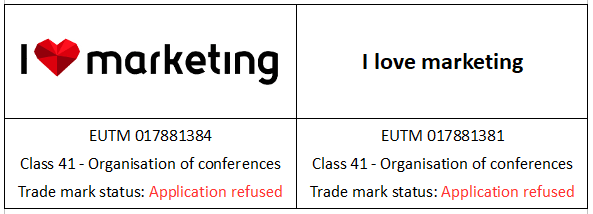
The EUIPO expert concluded that the marks had nothing memorable about them.
How to conduct comprehensive search services and check if a name can be protected?
If you’re wondering whether your company name is descriptive, do a simple test. Imagine approaching 10 people on the street. They have to be your potential customers. Ask them what they think is offered under the brand… [and here your name]. Depending on their reactions, you will be able to assess whether you’re using a descriptive name or not.
How many people do you think would correctly decipher the services under the name „barber Warszawa”?
In my opinion, 10/10. So, you can’t protect such a name.
A completely fanciful name like MENTIS is a different story.
There are also borderline situations where the mark may be considered suggestive, like PIEKUŚ for a bakery. In such cases, it’s worth consulting with a trademark attorney.
The ability to register a Logo is Easier than a Name, but Not Always
You can get around the descriptiveness objection by dressing a given name in original graphics. The idea is for the consumer to recognize your trademark rights by a unique logo. However, this too is highly subjective. And I’m curious about what you think of the following mark.
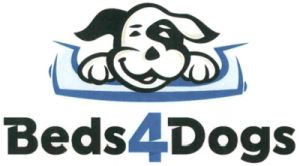
(pet bedding)
Here we have an interesting play on words, Beds4Dogs and a drawing of a dog. Do you think this creativity and use of the mark is at a sufficient level in relation to goods and services? It turns out it’s not. EUIPO found that every element of this mark is descriptive – including the graphics.
Interestingly, a year later someone registered the word mark without any problems:
BedDog
EUTM-017820151
(pet bedding)
Patent Offices Interpret the Graphics of a Brand Differently
Patent offices can assess the creativity of a mark’s graphic design differently. You certainly can’t simplify everything to the statement that always dressing a descriptive name in a logo will allow you to have your trademarks registered.

Fun fact
The mark owner who filed the above marks also applied for a patent on the way sushi is served (P.391050). In the patent reservations we read:
A method of serving sushi, characterized by the fact that sushi is arranged on the body of a model, male or female, with flower petals arranged around the sushi as decoration.
The Polish Patent Office denied the patent, indicating that this solution does not have a technical character, so it is not an invention at all.
See also:
- What does trademark protection provide? 7 key benefit
Free trademark search services of Company Name and Logo
With these examples, I wanted to show you that the trademark search services of a brand is complex.
If you’ve wondered how to check if a name is trademarked, you now understand that it can’t be done in a few minutes. Such verification of potential infringement is a painstaking and time-consuming process that takes me, as a patent attorney, from 3 to even 10 hours.
I conclude the study regarding distinctiveness with a written legal opinion, where I analyze all risks on several pages, and then present specific recommendations. If I find a conflict, I indicate what needs to be changed in the mark to avoid it. The investigation must be so detailed as to avoid error. After all, the safety of my client’s business depends on it.
Meanwhile, online, many companies advertise that they do free verification of a company name and logo within minutes of receiving a query. In my opinion, this is a cheap marketing trick. And this is confirmed by cases of people who came to me after such an examination.
I devoted the following recording to this.
How to Check if a Name is registrable? Trademark watching – Summary
- Determine in which classes the goods/services you offer are located.
- Check if your name is not excluded from registration.
- Verify the availability of the company name in all official databases.
- Conduct searches for similar trademarks.
- For safety, consult what you found with a patent attorney.
I get the question „how to check if a name is trademarked” very often. Just as often, people don’t understand how incredibly important this activity is. I’ll repeat important first step, such an analysis is not done like searching for a free internet domain. There, the results are black and white (the domain is taken or free). More often, it’s shades of gray. I lookup and perform searches and I find existing registered marks that may be in conflict, though they are not identical. Then, I recommend applicant making changes.
All in order for me to have arguments to defend my client in case of a dispute.
Zobacz również:
- Klasyfikacja nicejska. 7 dobrych praktyk
- Ile trwa „opatentowanie” marki w kraju lub za granicą?
- Chcesz zarejestrować nazwę oraz logotyp. Czy to są dwa zgłoszenia?
- Co oznacza TM przy logo produktu?
- Strefa Marek Allegro. Na czym polega i jak podnosi sprzedaż?
- Ile kosztuje ochrona logotypu w Unii Europejskiej?
- Licencja na wykorzystanie postaci z bajek. Gdzie szukać kontaktu?
- Czy właścicielem znaku słownego może być osoba prywatna?

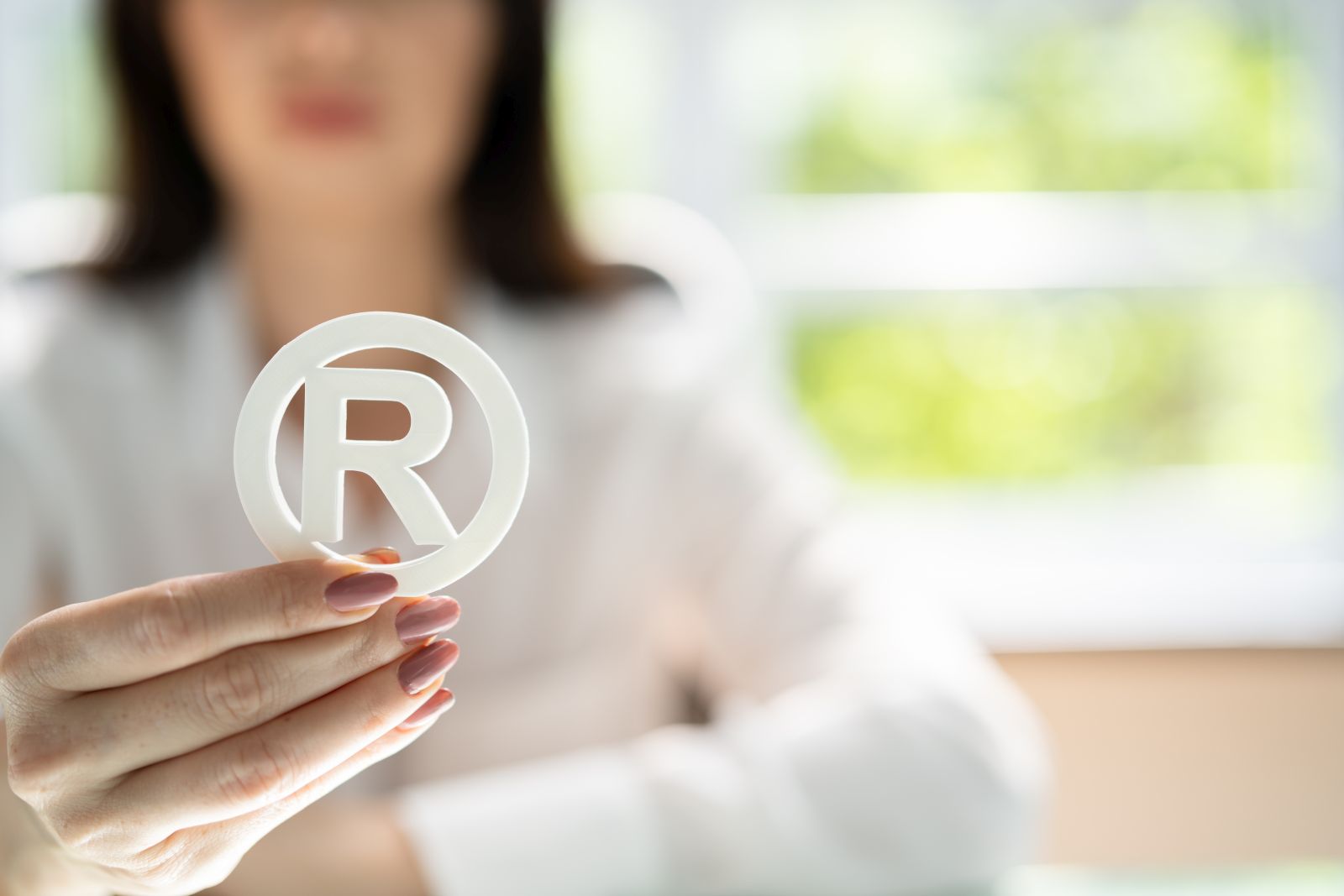
 Mikołaj Lech
rzecznik patentowy
Mikołaj Lech
rzecznik patentowy



